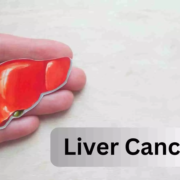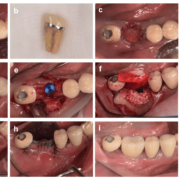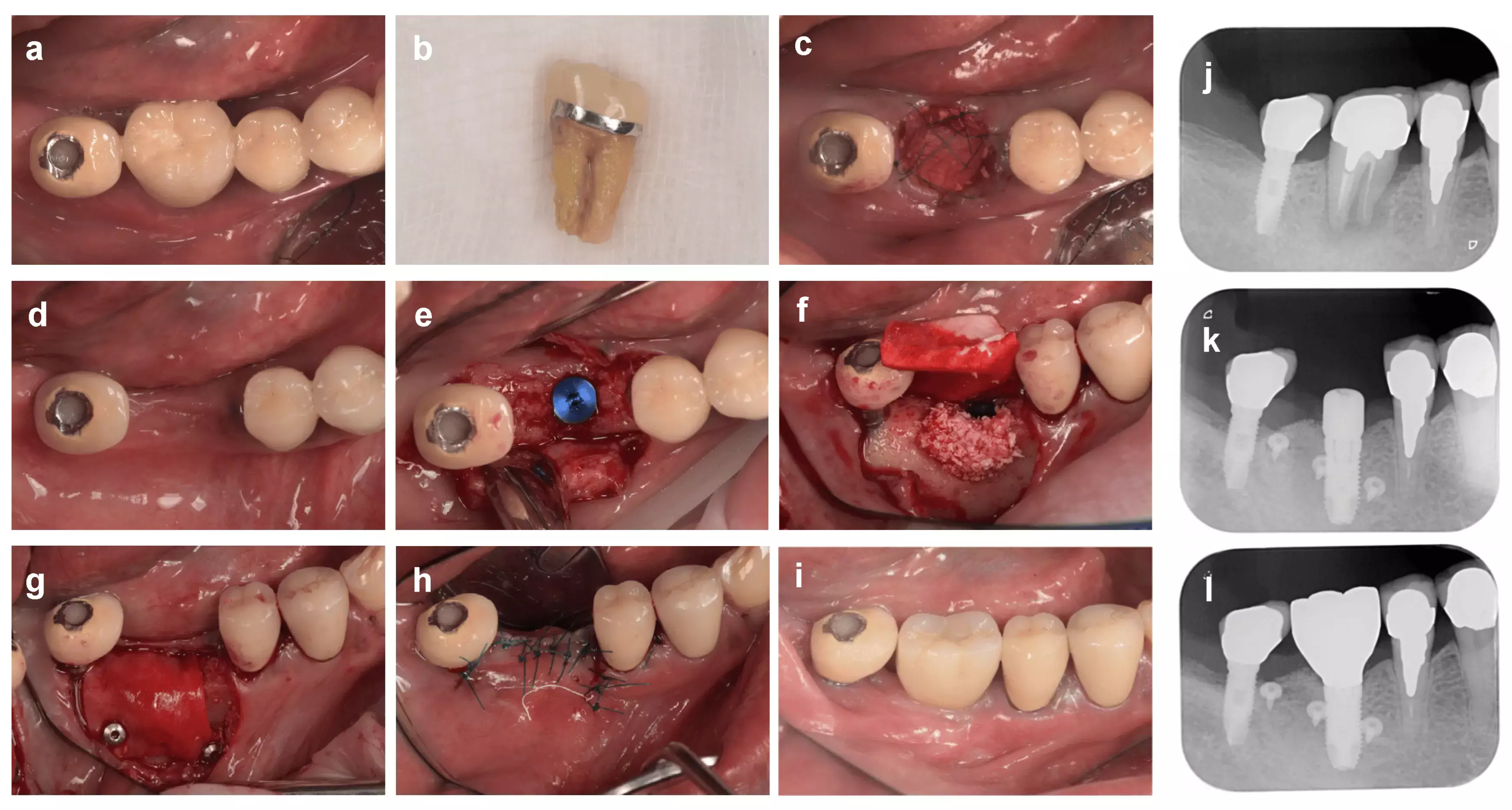Sitting time linked to increased mortality in adults with diabetes, reveals research

Adults with diabetes who meet the recommended guidelines for physical activity may offset the risk of mortality that is associated with excessive sitting time, according to a new study at Columbia University Mailman School of Public Health. This is the first study to show that getting adequate exercise can counteract the elevated risk of mortality associated with sitting for long periods of time each day, even for people with diabetes. The findings are published in Diabetes Care.
“Managing the elevated mortality risk in this high-risk population is particularly pressing given the widespread diabetes epidemic and the tendency among adults with diabetes to sit more and move less,” said Wen Dai, PhD, first author who was a doctoral student in Epidemiology at Columbia Mailman School.
Excessive sedentary time is a significant public health issue with increased mortality risk for the general population.
The researchers analyzed data from the 2007-2018 National Health and Nutrition Examination Surveys (NHANES) for individuals 20 years of age or older with diabetes as defined by the American Diabetes Association. Individuals with diabetes were followed- through 2019 to determine mortality status. Sitting time and moderate-to-vigorous physical activity were self-reported. Data on sociodemographics, lifestyle factors and medical conditions were collected through computer-assisted personal interviews.
Physical activity was categorized as inactive (<10 min/week), insufficiently active (10-149 min/week), and active (≥150 min/week). Thirty-eight percent reported being physical active in the moderate to vigorous range for less than 10 minutes per week. Half of the respondents had diabetes for five years or less and 34 percent were diabetic for more than 10 years. Inactive individuals with diabetes or those recording physical activity of less than 10 minutes per week was associated with greater mortality risk from all causes.
Over approximately 6 years, there were 1,278 deaths from all causes and 354 deaths from heart disease for individuals 60 years old on average, 48 percent of whom were female and 61 percent non-Hispanic White. About one-quarter had less than a high school education, and approximately 12 percent lacked health insurance.
“Our findings support an emphasis on encouraging and supporting patients in adhering to guideline-recommended physical activity levels, particularly for individuals whose life circumstances necessitate prolonged sitting in particular, such as drivers or office workers,” said Sandra Albrecht, PhD, assistant professor of Epidemiology at Columbia Mailman School of Public Health, and senior author.
Reference:
Wen Dai, Sandra S. Albrecht; Sitting Time and Its Interaction With Physical Activity in Relation to All-Cause and Heart Disease Mortality in U.S. Adults With Diabetes. Diabetes Care 2024; dc240673. https://doi.org/10.2337/dc24-0673.
Powered by WPeMatico



















